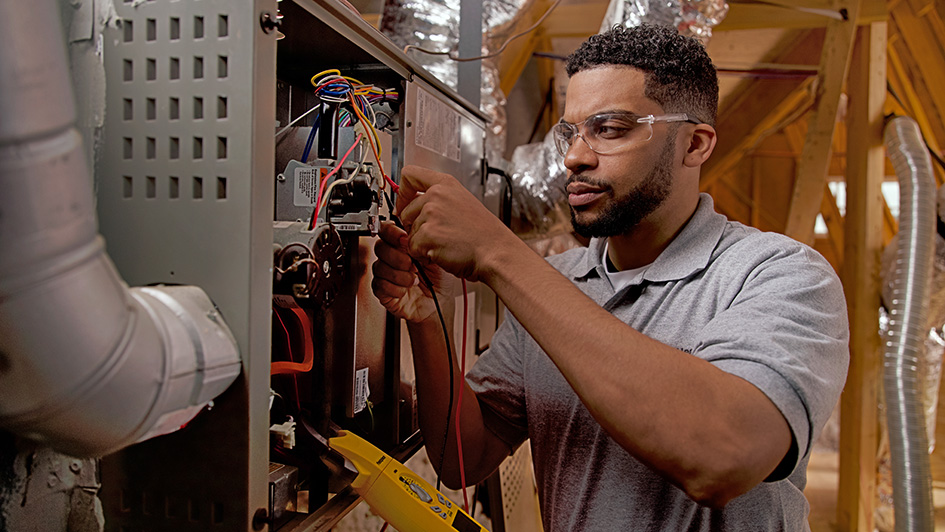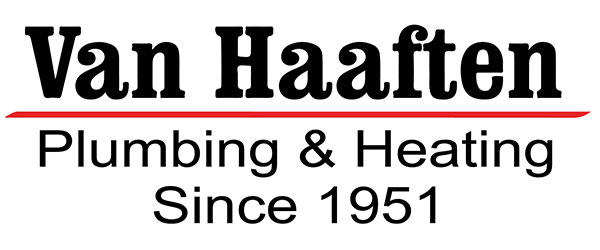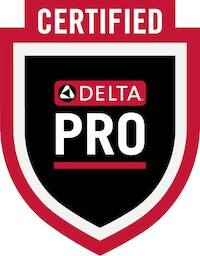
A furnace is often a background player for your home, keeping you warm across the cold winter months. It frequently isn't noticed until something breaks down.
One root cause may be that your furnace has a cracked heat exchanger. It’s a potentially dangerous issue, so it’s critical to familiarize yourself with the evidence of a cracked heat exchanger and what to do if you suspect that might be the problem.
What Is a Heat Exchanger in a Furnace?
A heat exchanger helps move heat from the combustion chamber in your furnace to the air that flows inside the system. It generally accomplishes this through coils or tubes that heat up the air while functioning as a barrier to keep gas formed in the combustion chamber, called flue gasses, from escaping out into your home.
Is a Cracked Heat Exchanger Dangerous?
Because of its important role, it’s no surprise that a broken heat exchanger can be hazardous. A crack in the heat exchanger can enable dangerous gasses – like carbon monoxide, which can be lethal – to circulate across your home.
For obvious reasons, don't ever turn on your heater if you believe it has a cracked heat exchanger, as letting it run could make the whole family ill. Contact an HVAC professional right away if you think your heating has a cracked heat exchanger that should be repaired.
Four Signs of a Cracked Heat Exchanger:
- Furnace shuts off: Cracks in the heat exchanger may cause your furnace to shut off.
- Strange Smells: If the air leaving your furnace has a powerful chemical scent, it might be an indicator that gas is leaking through cracks in your heat exchanger. These byproducts, which will often smell like formaldehyde, are a common warning sign.
- Carbon monoxide alarm goes off or you notice health problems: If a cracked heat exchanger is emitting carbon monoxide into your home, your carbon monoxide alarm may go off or household members may experience signs of carbon monoxide poisoning. Symptoms include headaches, dizziness, weakness, nausea, vomiting or feeling drowsy. If the alarm goes off or you feel unusually tired, leave the home right away and then call for help.
- Soot: If you notice black sooty accumulating near the exterior of your furnace, it’s an indication something could be seriously wrong.
What to Do if Your Furnace Heat Exchanger is Cracked
If you worry your furnace has a cracked heat exchanger, contact a pro well versed in furnace installation Pella as soon as possible so they can examine your system and, if necessary, start a furnace heat exchanger replacement. Costs should vary depending on the situation, but estimates run in the neighborhood of $1,000 to $3,000.
However, the good news is that heat exchangers are generally covered by the warranty. It's a good idea to check the warranty paperwork on your furnace, since while the warranty won't always cover the entire cost of repairs, it could significantly reduce your bill.
How to Prevent a Cracked Heat Exchanger in Your Home
One of the easiest ways to prevent a problem in your furnace overall is through regular furnace maintenance. Furnaces work the best when they work efficiently. Hiring a skilled professional to inspect your furnace for old parts, clogs in the air filters and other potential problems can keep you from getting a big bill later on.
It’s also beneficial to take a look at your furnace filters every few months – it’s encouraged some filters be changed every 90 days or sooner if they are dirty or grimy. While the filters aren't a part of the heat exchanger itself, the strain of dragging air through a clogged filter makes your entire furnace work harder to accomplish its job. And the harder your furnace has to work, the more deterioration pieces like the heat exchanger will experience.



